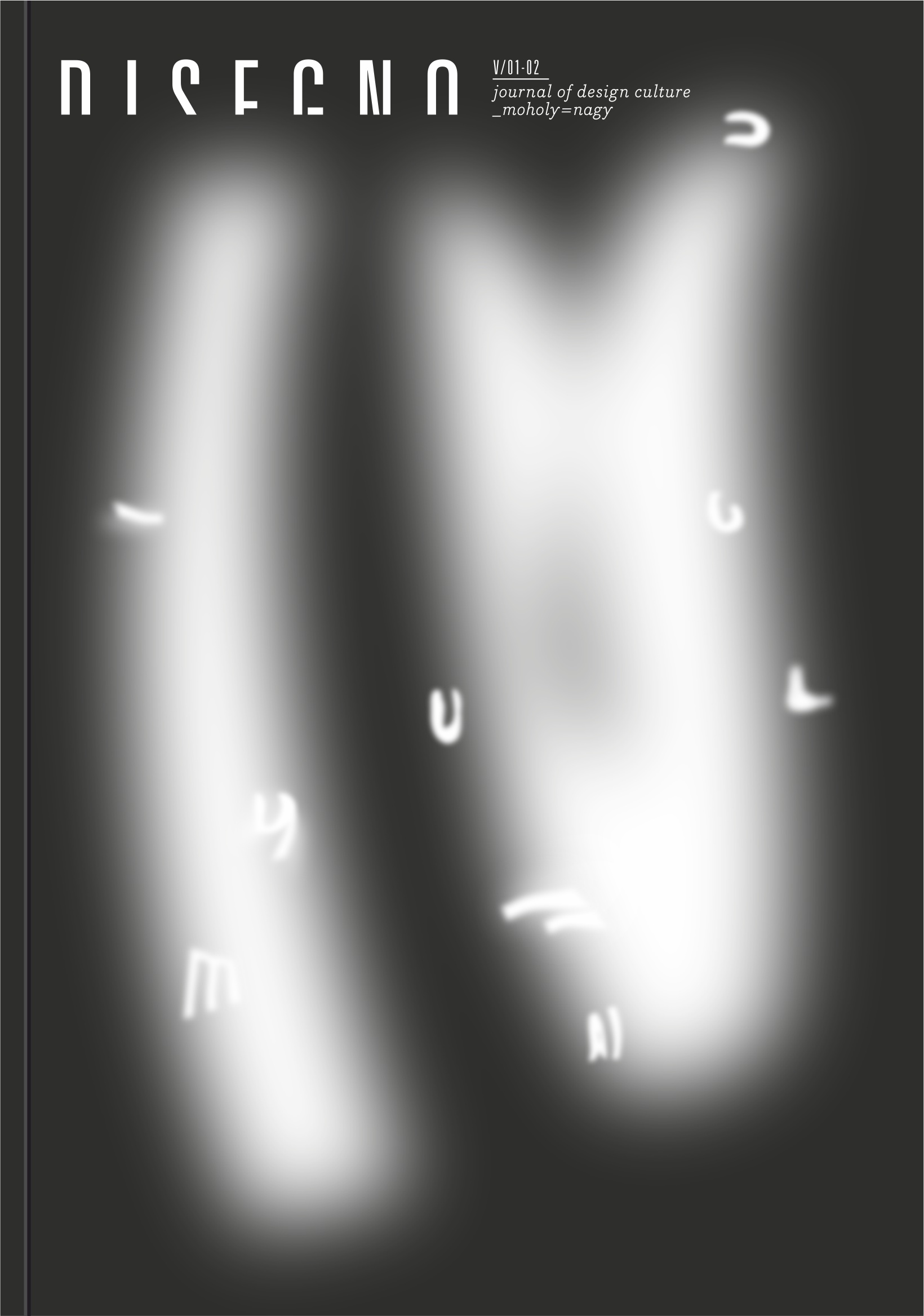Bios, Lobsters, Penguins
Bios, Lobsters, Penguins
Moholy-Nagy's Vitalist Thinking from Francé to London Zoo
Author(s): Edit BlaumannSubject(s): History of ideas
Published by: Moholy-Nagy Művészeti Egyetem
Keywords: biocentrism; biological functionalism; ecological design; vitalism; London Zoo
Summary/Abstract: In this essay I will examine how László Moholy-Nagy’s relationship to biology evolved and how thebeginnings of ecological design underlying the Bauhaus’s modernity project were outlined in twomovies shot during his London years. Two documentaries, the Lobsters and The New Architectureand the London Zoo directly address the relation between animals and humans. The narrative of thedocumentaries, their camera work and the contemporary reception of them reveals a lot about thereconfiguration of Bauhaus ideology as a blueprint of ecological design during the emigration to theUnited States. We can trace Moholy-Nagy’s approach to “design according to the laws of nature” backto the impact of Raoul Francé’s concepts of Biotechnik, the notion of Bios and his monist beliefs, whichwere already present in his worldview during the Weimar years of the 1920s. The difference betweenthe English edition of his design method and pedagogy book New Vision (1938) and the original VonMaterial zu Architektur (1929) clearly demonstrates the shift towards biological functionalism. Aimingto establish harmony between human life and the biological forces of nature and he asserted that awell-functioning biotic community is the precondition for a well-functioning human society. Even ifhe only indirectly argued for ecological protection in that early stage of ecological awareness, Moholy-Nagy wrote his name in the history of ecological design.
Journal: Disegno – a designkultúra folyóirata
- Issue Year: V/2021
- Issue No: 1-2
- Page Range: 68-84
- Page Count: 17
- Language: English

